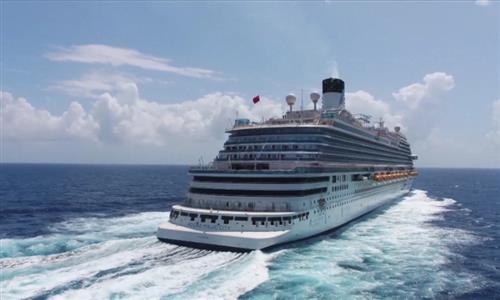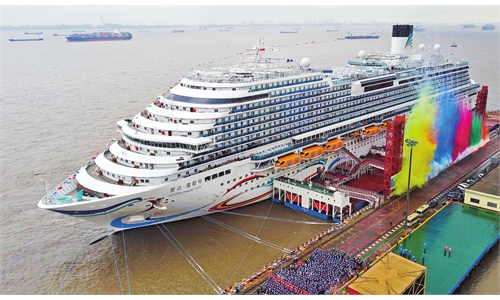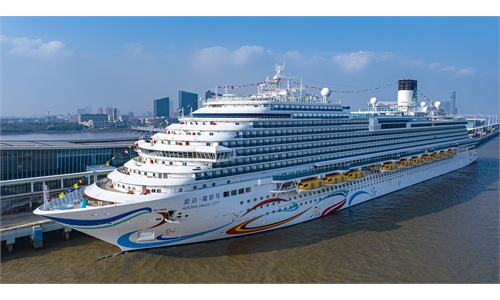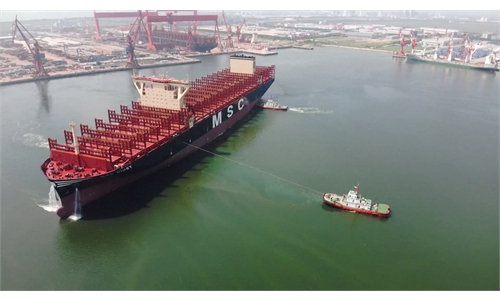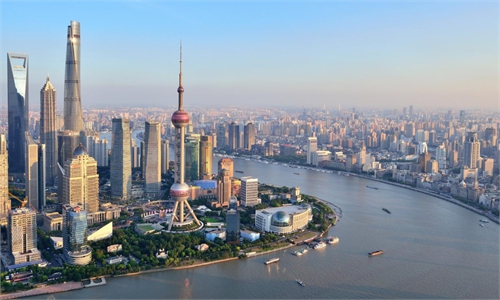China State Shipbuilding Corp wins world’s first ammonia-powered container ship order
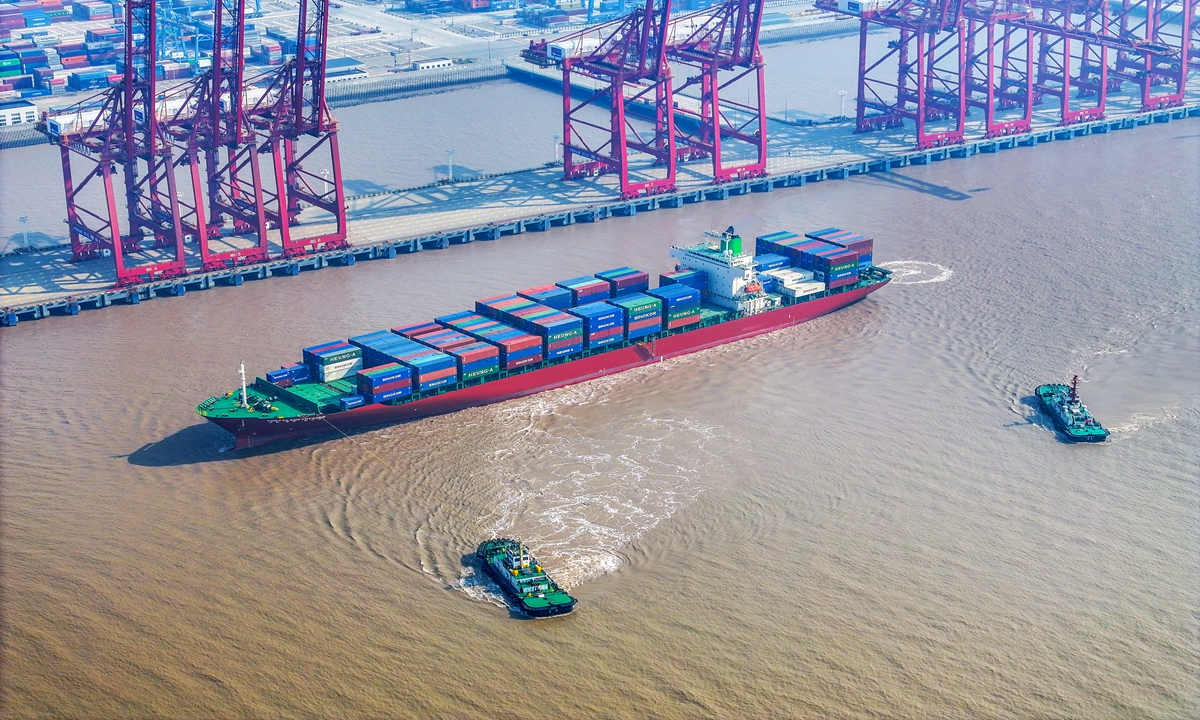
The container ship Port Klang Voyager berths at the Jintang Port in Zhoushan, East China's Zhejiang Province on November 23, 2023. The ship passes through Vietnam, Malaysia, Egypt, Turkey and other BRI partner countries along the coast of Black Sea. Photo:VCG
China State Shipbuilding Corp has obtained an order to sell its ammonia powered container ships to Belgian ship owner CMB.Tech, according to the China Ship News on Monday.
The deal marks another important breakthrough for the global shipping industry in the field of powering ships with clean energy sources, and is a milestone in leading global shipbuilders in charting a new course on clean development that is green, sustainable and environmentally friendly, according to the report.
The 1,400-TEU Container Ship, independently designed by Shanghai Merchant Ship Design and Research Institute(SDARI), part of shipbuilding giant China State Shipbuilding Corp(CSSC), is expected to be delivered by mid-2026, and it is set to become the first ammonia powered container ship in the world.
The vessel, the first of its kind in the world, is built to serve routes between Norway and Germany. It will run on clean ammonia, demonstrating clean ammonia's potential to decarbonize the maritime industry.
The total length and width of the ship is approximately 150 meters and 27 meters respectively, with the loading capacity of about 1,400 20-foot standard containers. Notably, it can reduce carbon dioxide emissions by approximately 10,000 tons per year.
In a bid to promote the country's carbon peaking and carbon neutrality strategies, the SDARI has actively contributed Chinese developed solutions to the world in promoting sustainable development of shipbuilding industry, according to the Shanghai-based institute.
Built at Qingdao Yangfan Shipbuilding Corp in East China's Shandong Province, the ship, characterized by multiple innovative designs, large cargo-carrying capacity and high comprehensive performance, is expected to offer the industry a new choice of green, efficient and reliable vessels with the aim of tackling global climate change and protecting the environment.
Global Times
